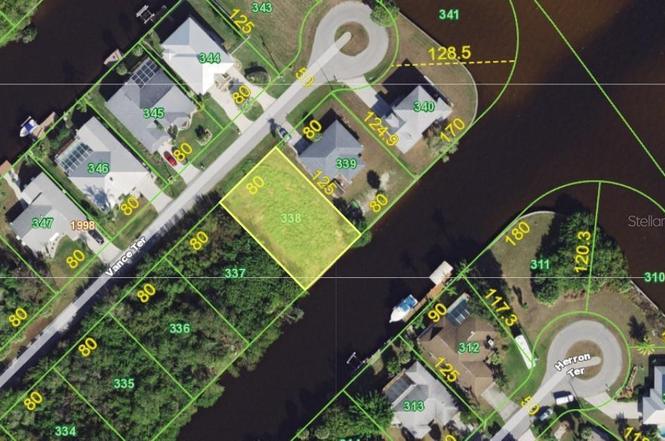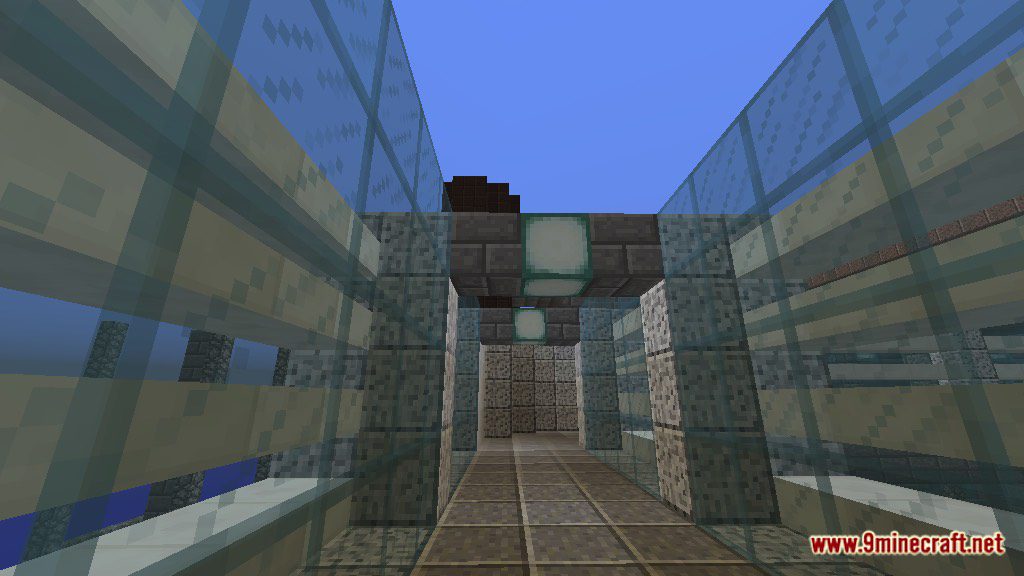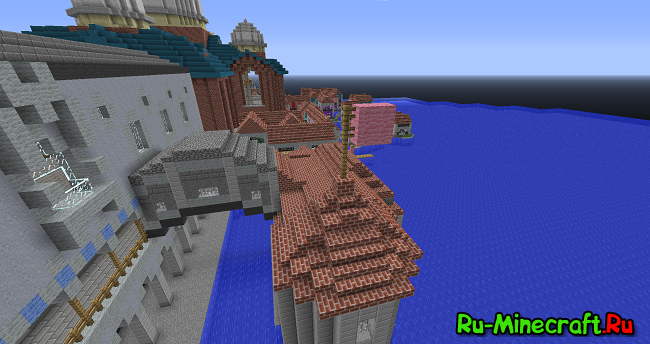
The balance between the training activities and land condition recovery becomes important for sustainability of military land carrying capacity. Degraded land will eventually limit military training activities and army readiness. It is expected that this method can be applied to assess land conditions for other military and nonmilitary areas.Ĭumulative impacts of military training activities will trigger land degradation processes by disturbing ground and vegetation canopy cover, fragmenting landscapes, and increasing soil erosion.


Overall, the ICF method provides a potential tool to spatially and temporally assess land conditions of military installations. The results showed that (1) the LSM based ICF was statistically significantly correlated with military training induced disturbance intensity and can be used to quantify the land conditions (2) the ICF provided the potential to generate spatially and temporally explicit estimates of the land conditions (3) the ICF time series revealed that the land condition of FR fluctuated with a slight decreasing trend of ICF values, but statistically the trend was not significant and (4) small ICF values dominated both FR and KPBS, but compared to that in the nonmilitary land KPBS, military training led to significantly poorer land condition in the military land FR. A remote sensing based linear spectral mixture (LSM) analysis method was proposed to model, monitor, and compare the land conditions of both sites by developing a soil erosion relevant and image derived cover factor (ICF) using both Landsat Thematic Mapper and Moderate Resolution Imaging Spectroradiometer (MODIS) images. For this purpose, in this study Fort Riley military installation (FR) and its neighboring Konza Prairie Biological Station (KPBS) were chosen. There is thus a strong need to develop an efficient and low-cost methodology for modeling and monitoring of the land condition for military installations and compare it with nonmilitary land to assess the training induced impacts.

The existing ground-based methods to assess the land condition are costly and time consuming. Land condition of military installations varies spatially and temporally mainly due to variable intensity and frequency of military training induced disturbance. In addition to the difficulties and high cost of field data collection, the RTLA program only provides data or information of land condition at plot level and demands the use of remotely sensed data and corresponding methods to generate spatial distributions and patterns of land condition (Wang et al. Several studies have been conducted to assess the land condition for military installations using RTLA data Gertner 2001 Gertner et al.

One example of these methods adopted in several US military installations is the Range and Training Land Assessment (RTLA) program, previously called Land Condition Trend Analysis (LCTA), under the Integrated Training Area Management (ITAM) program Diersing et al.


 0 kommentar(er)
0 kommentar(er)
